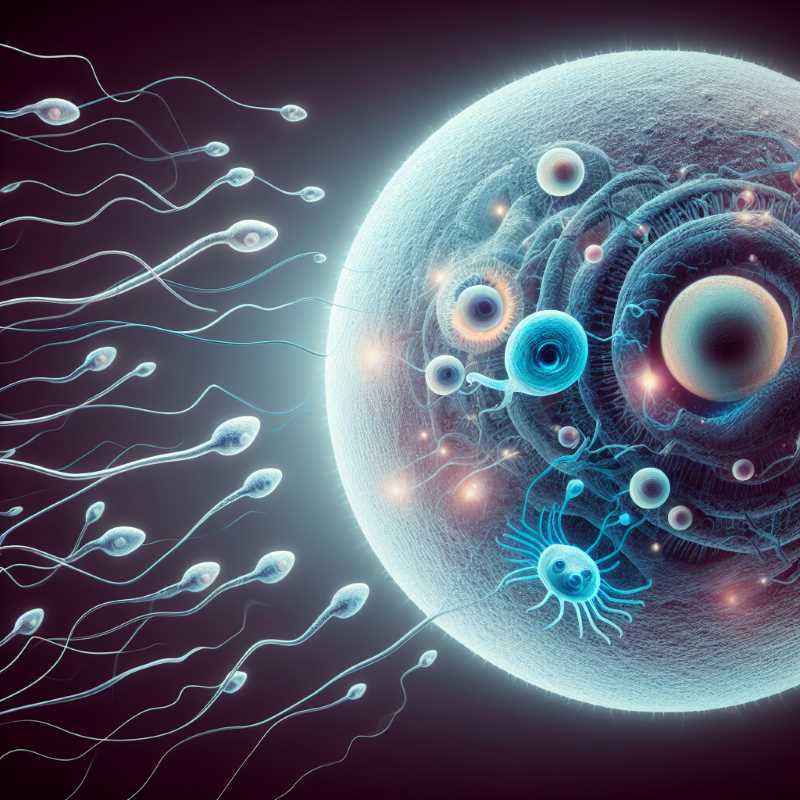Understanding Sperm Behavior for Next-Gen Contraceptives
Researchers at UNAM are delving into sperm physiology to understand fertility and develop contraceptives. With insights into sperm training and unique proteins, they aim to optimize treatments. Societal acceptance remains a challenge for male contraceptives.

Infertility is a growing concern affecting approximately 15 percent of couples, with a noticeable upward trend, according to research conducted by Claudia Treviño Santa Cruz at the UNAM Institute of Biotechnology. This phenomenon is linked to various factors, including lifestyle choices such as diet, exposure to environmental pollutants, and the pervasive impact of stress on sperm production.
In a bid to unravel the complexities surrounding infertility, Treviño Santa Cruz, a member of the Sperm Physiology Consortium, collaborates with doctors Alberto Darszon and Takuya Nishigaki. Their research, focused on understanding the intricacies of sperm function, not only aims to treat infertility but also to develop innovative contraceptive methods.




